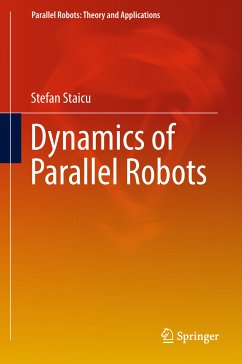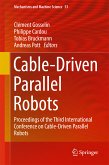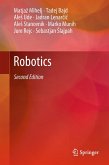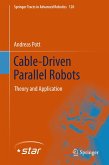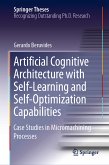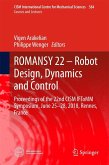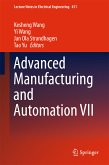First, a brief fundamental theory is presented on matrix mechanics of the rigid body, which is then developed in the following five chapters treating matrix kinematics of the rigid body, matrix kinematics of the composed motion, kinetics of the rigid body, dynamics of the rigid body, and analytical mechanics. By using a set of successive mobile frames, the geometrical properties and the kinematics of the vector system of velocities and accelerations for each element of the robot are analysed. The dynamics problem is solved in two energetic ways: using an approach based on the principle of virtual work and applying the formalism of Lagrange's equations of the second kind. These are shown to be useful for real-time control of the robot's evolution. Then the recursive matrix method is applied to the kinematics and dynamics analysis of five distinct case studies: planar parallel manipulators, spatial parallel robots, planetary gear trains, mobile wheeled robots and, finally, two-module hybrid parallel robots.
Dieser Download kann aus rechtlichen Gründen nur mit Rechnungsadresse in A, B, BG, CY, CZ, D, DK, EW, E, FIN, F, GR, HR, H, IRL, I, LT, L, LR, M, NL, PL, P, R, S, SLO, SK ausgeliefert werden.

